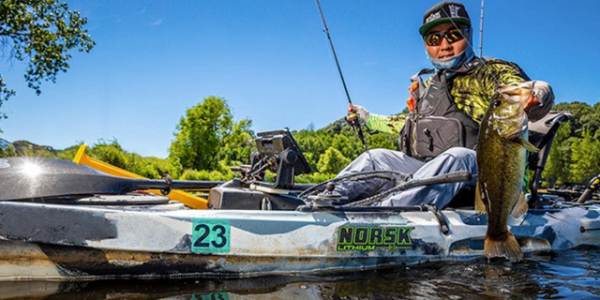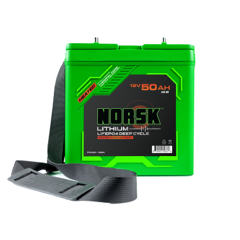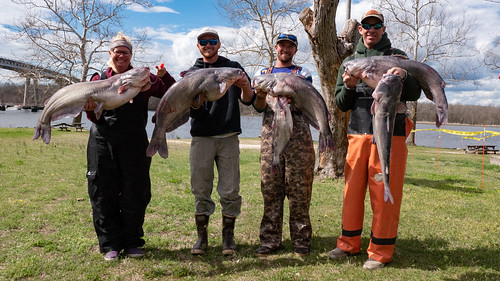Tips for Facing Summer Thunderstorms

Three Tips for Any Boater Facing A Powerful Summer ThunderstormLessons Learned from Rescue of Four Kayak Anglers
HILLSBORO INLET, Fla., Recreational boaters and paddlers understand that late afternoon thunderstorms are common during the summer boating season. A recent incident involving two TowBoatUS Fort Lauderdale captains and their rescue of four kayakers pre-fishing a local tournament offers some lessons learned on how to survive an afternoon storm.
Just before 2 p.m. on Friday, June 24, under severe thunderstorm watch, Captains Eric Laury and Steve Reuss ran for cover as a large, fast-moving storm approached. Safe in a marina close to Hillsboro Inlet, they began to “wait out Armageddon,” as Reuss described the strong storm. Minutes later the US Coast Guard reported three overturned kayakers in the water about two miles south of the inlet.
With 3-foot chop, 40-knot winds and near constant lightning, both captains immediately headed out to provide Good Samaritan aid. Normally the response boats, which have red hulls and white “TowBoatUS” letters on the side, are used for towing disabled recreational boats. After a short search Captain Reuss quickly located and safely took aboard two kayakers in the near zero-visibility conditions.
Captain Laury, reporting severe wind gusts “trying to lift” the boat beneath his feet, soon found and retrieved two other paddlers with overturned kayaks. It was later learned that these two paddlers had hailed the original mayday with no knowledge of the other two distressed kayakers, and the slightly erroneous report of three distressed kayakers yielded the safe return of all four.
To share some lessons learned, BoatUS has three safety tips for any mariner or angler facing a powerful, summer thunderstorm:
1. Don’t let your guard down: “Sometimes during the summer we see boaters lulled into a sense that calm seas always prevail, but these kayakers were prepared,” says TowBoatUS Ft. Lauderdale spokesman Barney Hauf. “They had life jackets on, carried a handheld VHF radio and a Personal Locator Beacon.”
2. Don’t leave the boat: While caught out on the open water and unable to seek cover, the paddlers stayed with their overturned vessels. “They fastened themselves to each other and to their equipment to stay together,” said Captain Reuss. Staying with an overturned boat gives rescuers a larger target to find.
3. Watch your weight: Small craft are most prone to overloading. Says BoatUS Foundation Assistant Director of Boating Safety Ted Sensenbrenner, “Kayaks weighted with a lot of gear can loose buoyancy. No matter what kind of boat, know your vessel’s capacity rating.”
For more information on boating safety, go to BoatUS.org.






